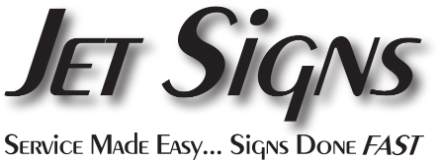Writing Press Releases
Press and news releases are integral parts of a press kit, in addition to profiles, photos, business strategies, mission statements, testimonials and press clippings. Each part of a press kit provides an information byte for the media and general public to learn more about your business. That's why it's so important to have an organized press kit, and press releases written with purpose.
Writing a press release is similar to writing a news article that you would find in a newspaper, trade publication or business magazine. Press releases should either publicize an upcoming event or focus on a newsworthy issue related to your business. For example, a grand opening, major expansion, industry recognition, a public appearance, or release of a new product are all newsworthy issues that could be highlighted in a press release.
Before writing a press release, research the audience demographics of a publication or station to determine whether or not the information is appropriate. Contact news sources and find out who reports on this type of news, which section it would appear in and how that person wants to receive the press release. When it's time to write the press release, use the professional letterhead and write PRESS RELEASE at the top of the page. The clearer the information and headings, the better chance the editor will read it.
Since news sources report on immediate news, not impending news, it's preferred to submit a press release close to the time of the event it's highlighting. Instead of submitting a press release on Monday about a news event on Friday, submit it Wednesday or Thursday, depending on the editor's deadlines and preferences. Press releases that are dated for a later release can often end up in a pile of papers never to be read. Make the press release relevant and for immediate release.
List the contact information of two to three people at the top of the press release for quick reference. Include titles and phone numbers. Headlines should be short and to the point, and although writing a good headline can get the release noticed, note that most editors prefer to write their own headlines. The preferred approach to writing body text is in the inverted pyramid format. The inverted pyramid format places the most important information in the first paragraph, ending with the least important information or add-on details in the last paragraph. This allows readers to get the most important information right away, since many will not read the entire article. It also makes it easy for an editor to cut information from the end to make it fit the publication.
The first sentence should answer five main questions and each following paragraph should be separate and answer one of the five questions: who, what, when, where, and why. Avoid business jargon, abbreviations or acronyms. Double-space the entire document and add adequate margins so that a reporter or an editor can write notes. Use simple, clear sentences and avoid redundant writing. Conclude with ### to represent the end to the press release. It's preferred to submit a one-page press release, but if you must submit two pages, number each page 1 of 2 and 2 of 2.
Submitting a photo with a press release is another option. A standard 5x7 gloss finish photo is adequate, but understand that most photos are not returned, so do not send your only copy. Knowing an editor's deadlines prior to submitting a press release is crucial. Do not pester the editor with follow-up phone calls, as most are writing under pressure. The editor will contact you if he or she has questions regarding the press release.
Writing a press release that contains accurate information is your job, deciding whether or not a press release is newsworthy is the editor's job. You cannot control whether or not your press release will be deemed newsworthy, but if you follow the above guidelines, your release will have a much better chance of being considered for publication.
